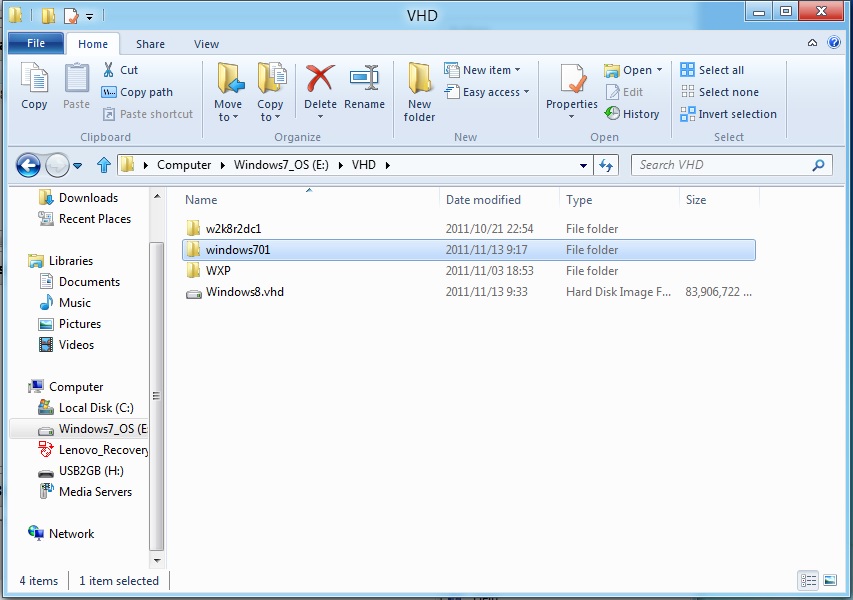
Microsoft Windows Hyper V Vmms 16010
Virtualization technologies have become a part of our life. Surprisingly, not many people are familiar with them. In this article, I’m going to give a detailed explanation on what virtualization is. I will take a look at Microsoft Hyper-V technology and examine it by performing the initial steps of configuration: Installation and virtual machine deployment.
The Microsoft Evaluation Center brings you full-featured Microsoft product evaluation software available for download or trial on Microsoft Azure.

What is virtualization? Virtualization is the creation of a virtual (rather than physical) version of an IT environment, including an operating system (OS), a storage device, etc. Virtualization takes place on the same hardware platform after installing specific software - hypervisor. The hypervisor is an additional layer between physical and virtual spheres; it manages the system’s hardware resources so they are distributed efficiently among virtual machines (VMs). System resources are provided for VMs, and the hypervisor makes this distribution flexible — and even limited from time-to-time, depending on the current VM load and system policy.
Guest software, which is used by end-users, runs on the VM as though it’s running directly on the physical hardware. Both the application and the end user may be unaware that they are working within a virtual sphere. The history of virtualization The term 'virtualization' has been around since the 1960s.
However, because there were no personal computers in those days, virtualization did not become a reality until the late 1990s. Cheat crush gear turbo epsxe android. Companies realized then that they could save money. Technologies, especially computer capacities, were growing as well.
Very much unlike Moore's law (1000-times more, over the last 20 years), office tasks remained on pretty much the same level. That led to inefficient use of resources. You or your company might be interested in virtualization because it can: • Save you money by reducing the number of servers consuming energy, and by costing less to purchase and maintain; • Make management, control and inspection of VMs much easier than with traditional servers; • Give you a flexible environment for various tests—and more! Sounds interesting, right? So, what is Hyper-V technology exactly? Let’s take a look at this Microsoft’s interpretation of virtualization. What is Microsoft Hyper-V?
Microsoft could not ignore the virtualization trend. Microsoft introduced Hyper-V as a virtualization platform in 2008, and it continued to release new Hyper-V versions with new Windows server versions. So far, there are a total of four versions, including Windows Server 2012 R2, Windows Server 2012, Windows Server 2008 R2 and Windows Server 2008. Update: Recommending to read an E-book ' by Clint Wyckoff to stay tuned with the technology changes that will have great impact on Hyper-V. Since Hyper-V’s debut, it has always been a Windows Server feature, which could be installed whenever a server administrator decided to do so. It’s also available as a separate product called Microsoft Hyper-V Server. Basically, Microsoft Hyper-V Server is a standalone and shortened version of Windows Server where Microsoft cut out everything irrelevant to virtualization, services and Graphical User Interface (GUI) to make the server as small as possible.